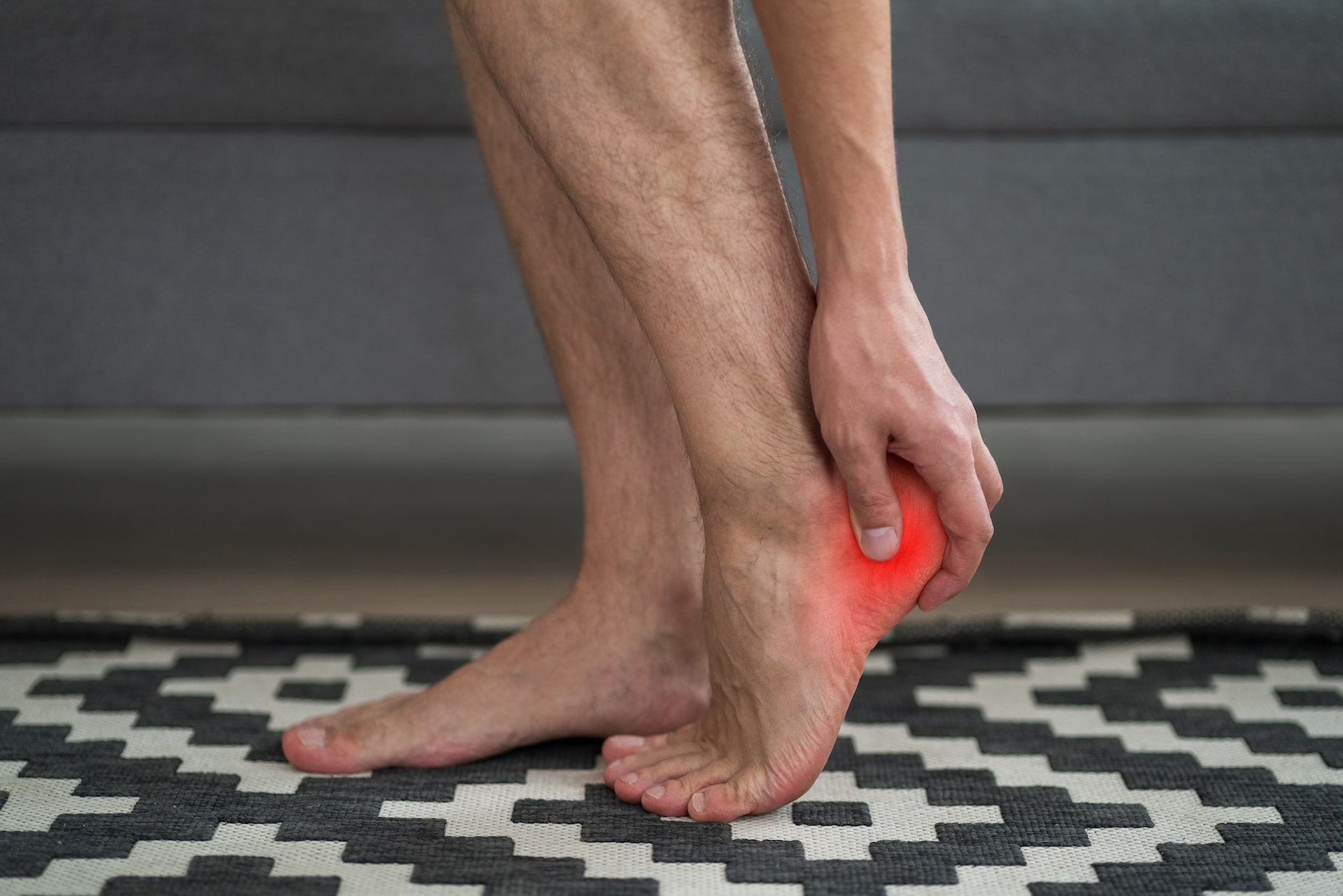Visit your podiatrist
Doctors Hall, Laha, and Phillips at Kansas City Foot Specialists will do a comprehensive examination of your feet, your stance, and your gait (how you walk) in order to gather information that will help them make the best recommendations for your needs. Based on factors discussed during your exam, they will be able to help you significantly narrow the field of shoe choices to those brands and models best suited for your particular feet.
How to try on running shoes
When trying on running shoes, take your favorite running socks and any orthotics with you. After selecting several pairs based on the criteria from your podiatrist, remove the manufacturer’s inserts, if possible, and slip in your own orthotics. Try on both shoes in the pair, and wear your running socks. Take time to jog in place, jog down the aisle, pivot, and move around. Just a few steps won’t provide you with a good picture of fit and comfort. Ideally, spend ten minutes or more walking around the store in the shoes before deciding if they are the ones for you. Repeat the process until you’ve found shoes that fit, are comfortable, and meet your needs.
Tongues and laces
When trying on running shoes, pay attention to the thickness of the tongue. The tongue of the shoe should be padded, offering protection to the top of your foot when you tighten down the laces. Don’t be afraid to unlace the shoes completely and then relace them in a pattern that is more comfortable for your feet. This may include skipping holes to avoid tightening the laces over pressure points in the top of the foot, or may mean a more unique approach such as lacing from the top of the shoe down towards the toes.
Flexion, stability, and room for your toes
Be sure the shoes flex at the same point as your foot. There is no point buying a shoe if the flexion point isn’t in line with the flexion point of your foot. Your shoe should flex at this point with your orthotics in place. Also, allow a half-inch of extra space in front of your longest toe when standing. Your feet will shift forwards slightly as you run, and you need this extra space to prevent discomfort and possible injury to your toes. Your feet will also naturally swell some during your run. While you need the proper flex point and room for your toes, the rest of the shoe should fit fairly snug against your foot when laced. The heel counter — the part around the back of your ankle— should hold your heel in place, preventing side to side or up and down movement as you move. It should also provide adequate cushioning against the back of your ankle for comfort.
We hope to see you up and running in no time! Be sure to be in touch if you have any podiatric concerns or needs by calling Kansas City Foot Specialists at 913-338-4440.



